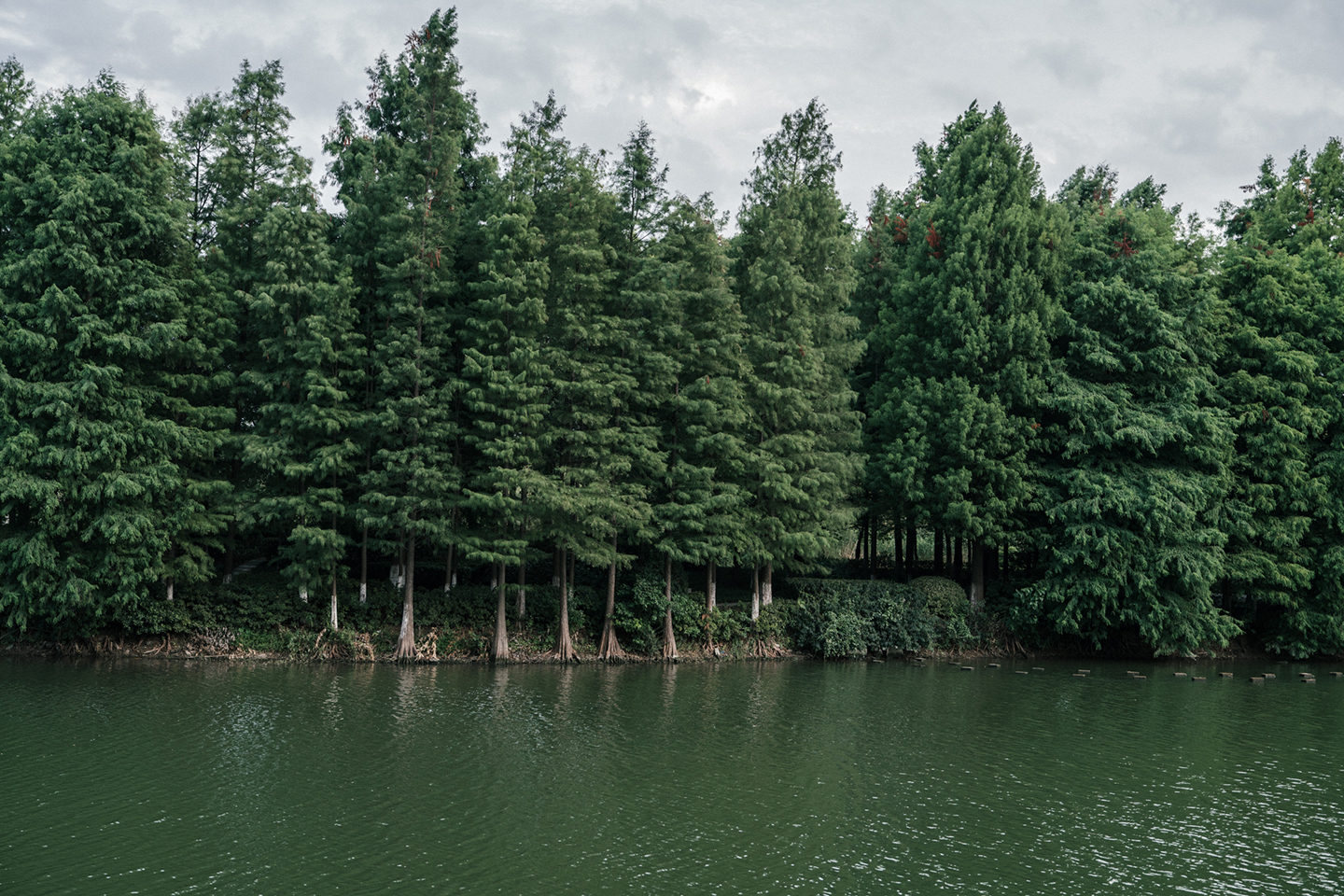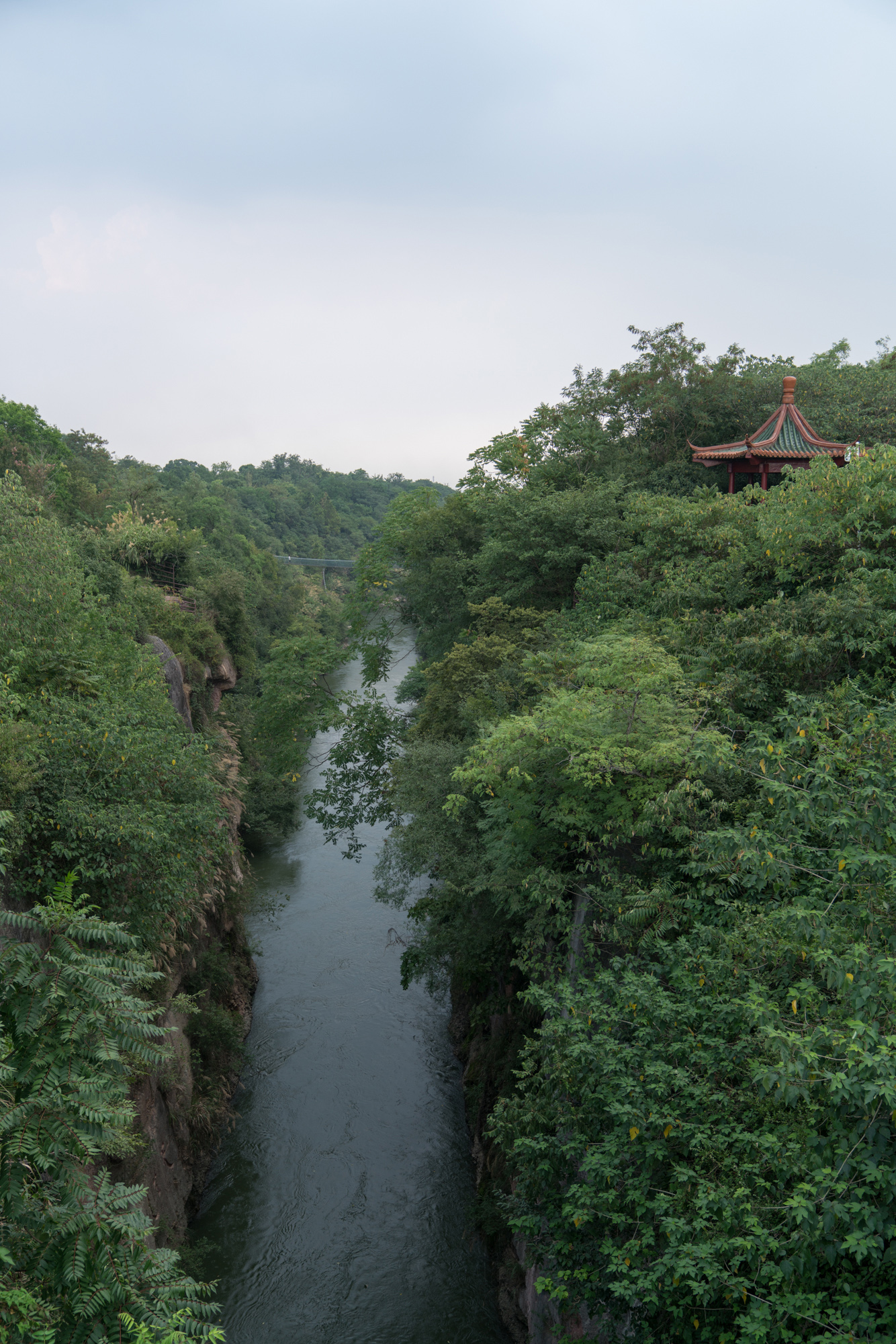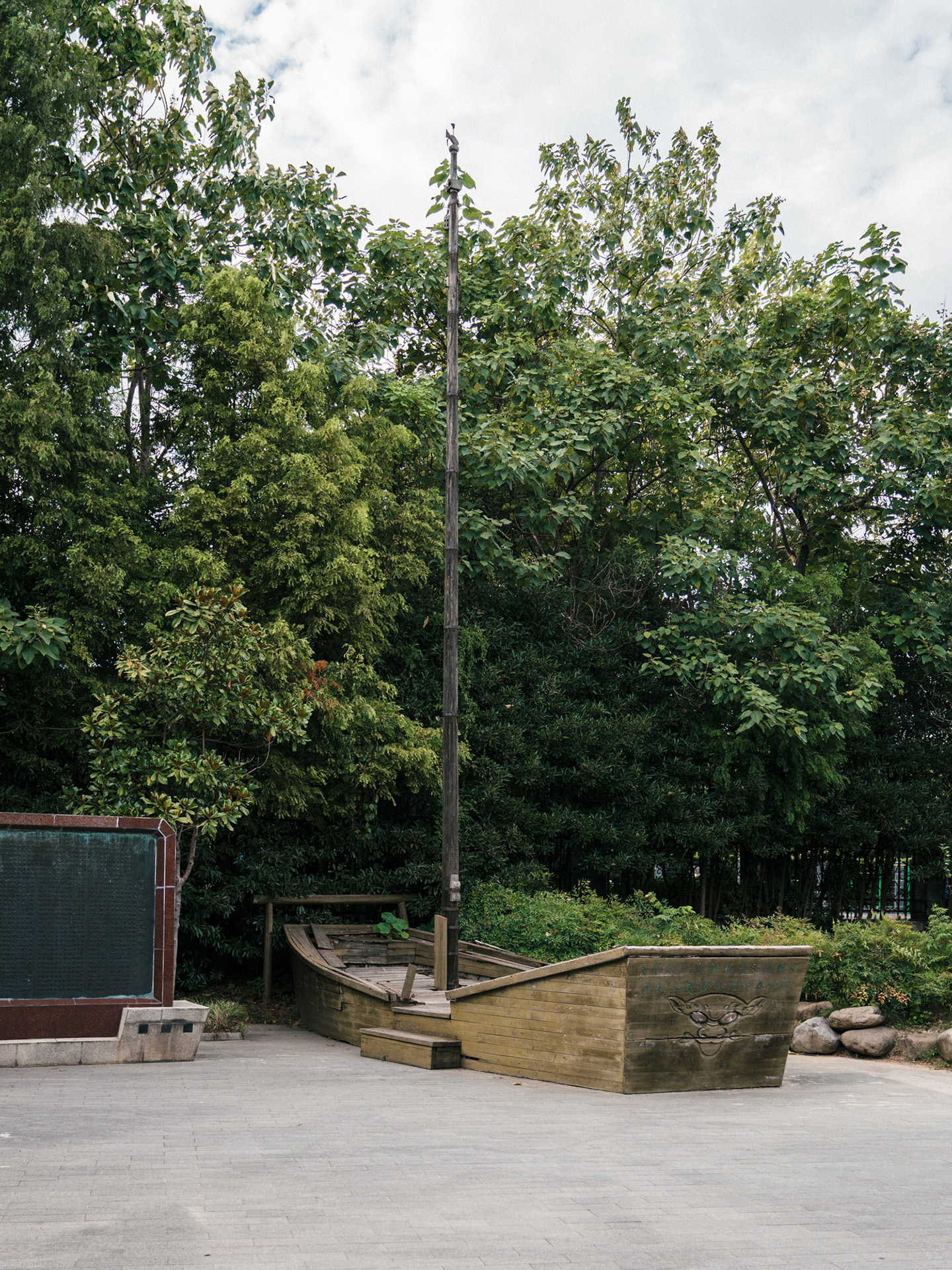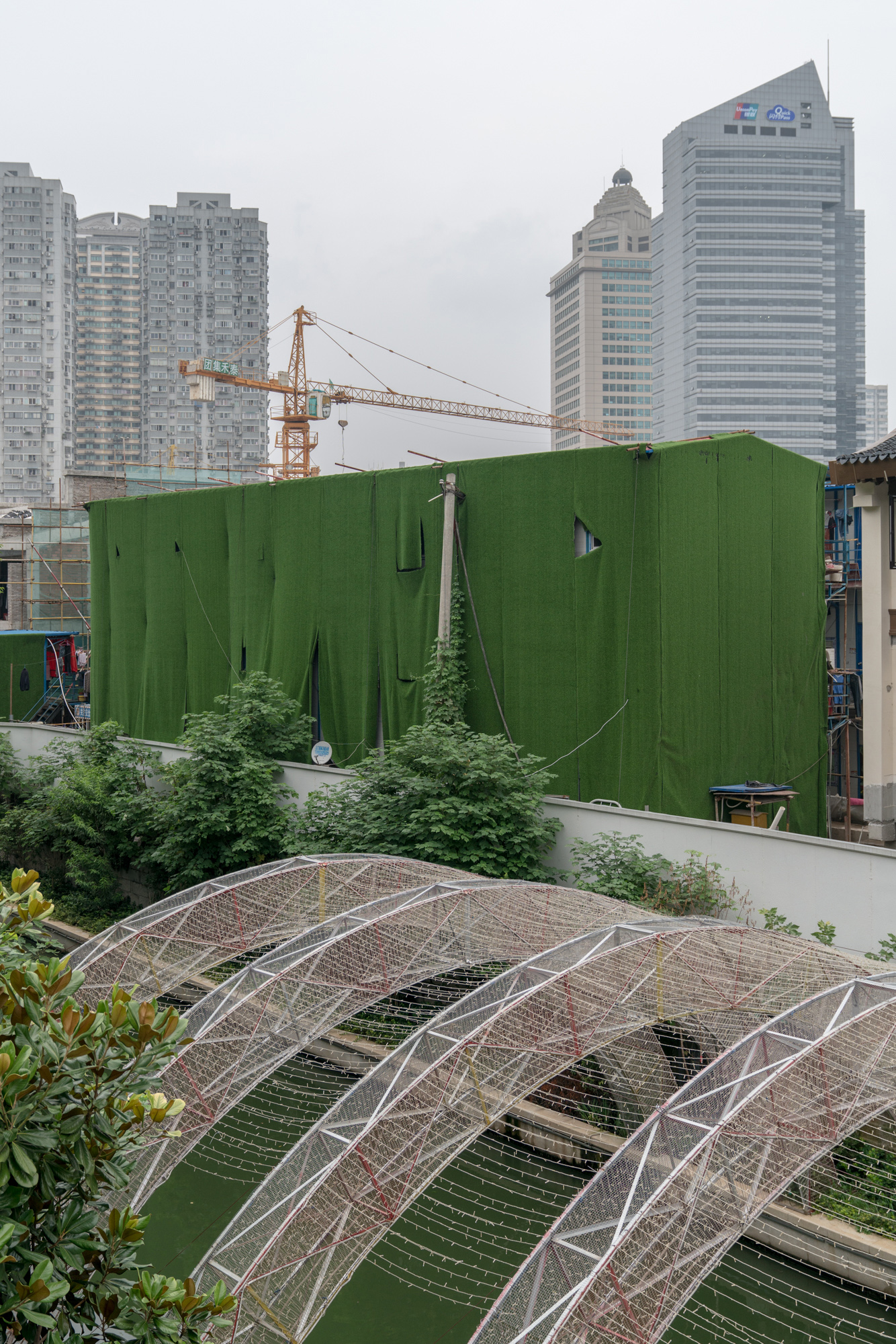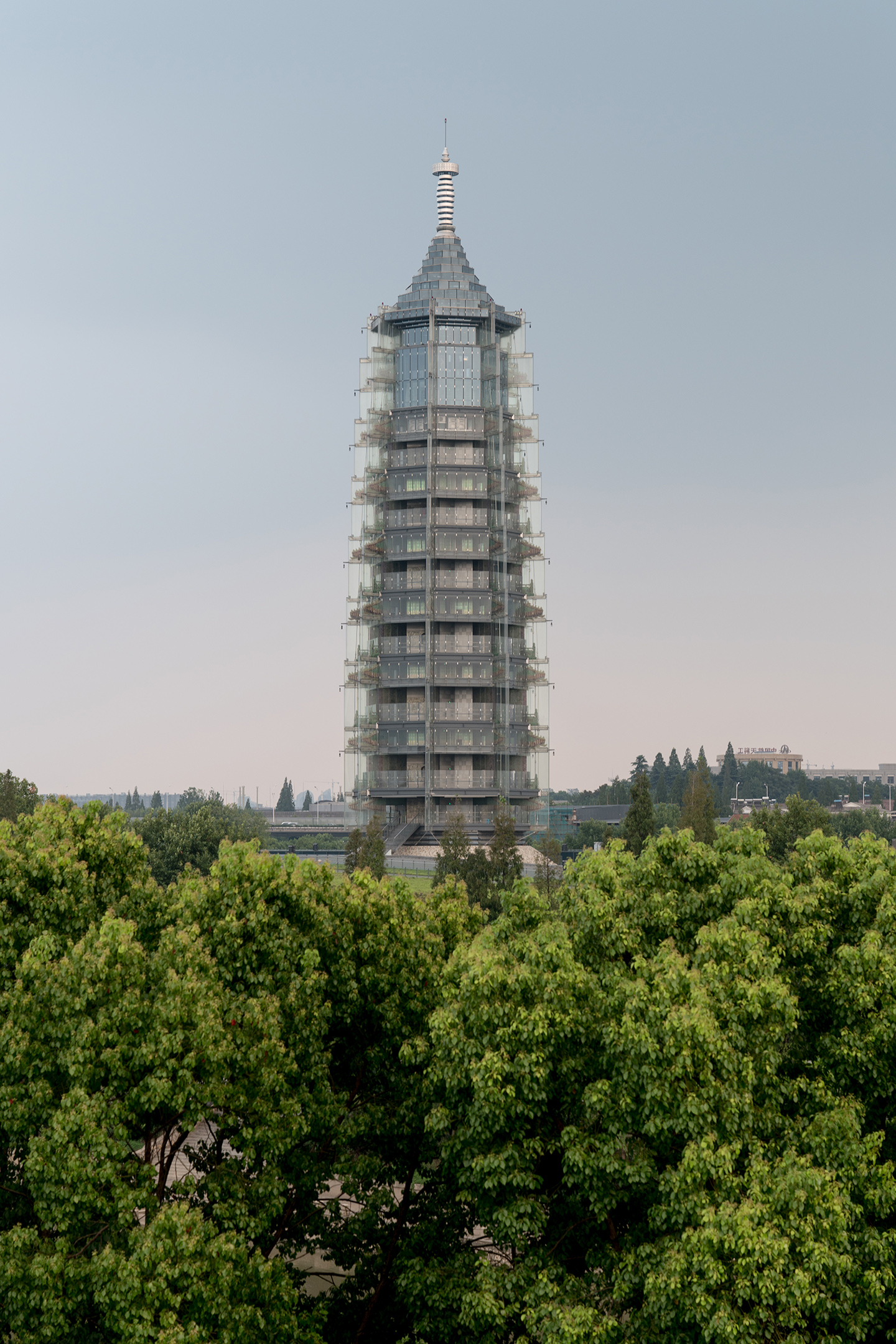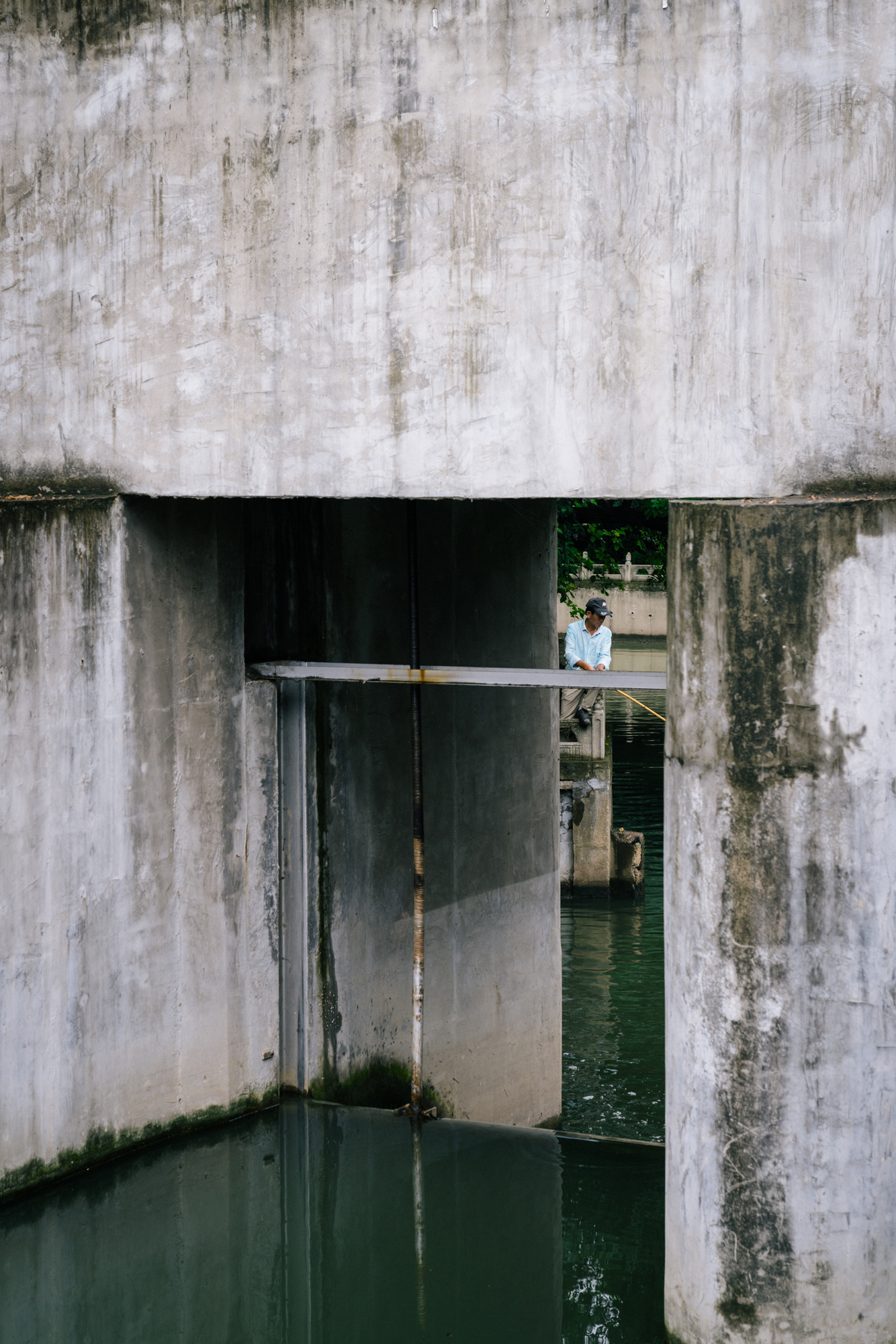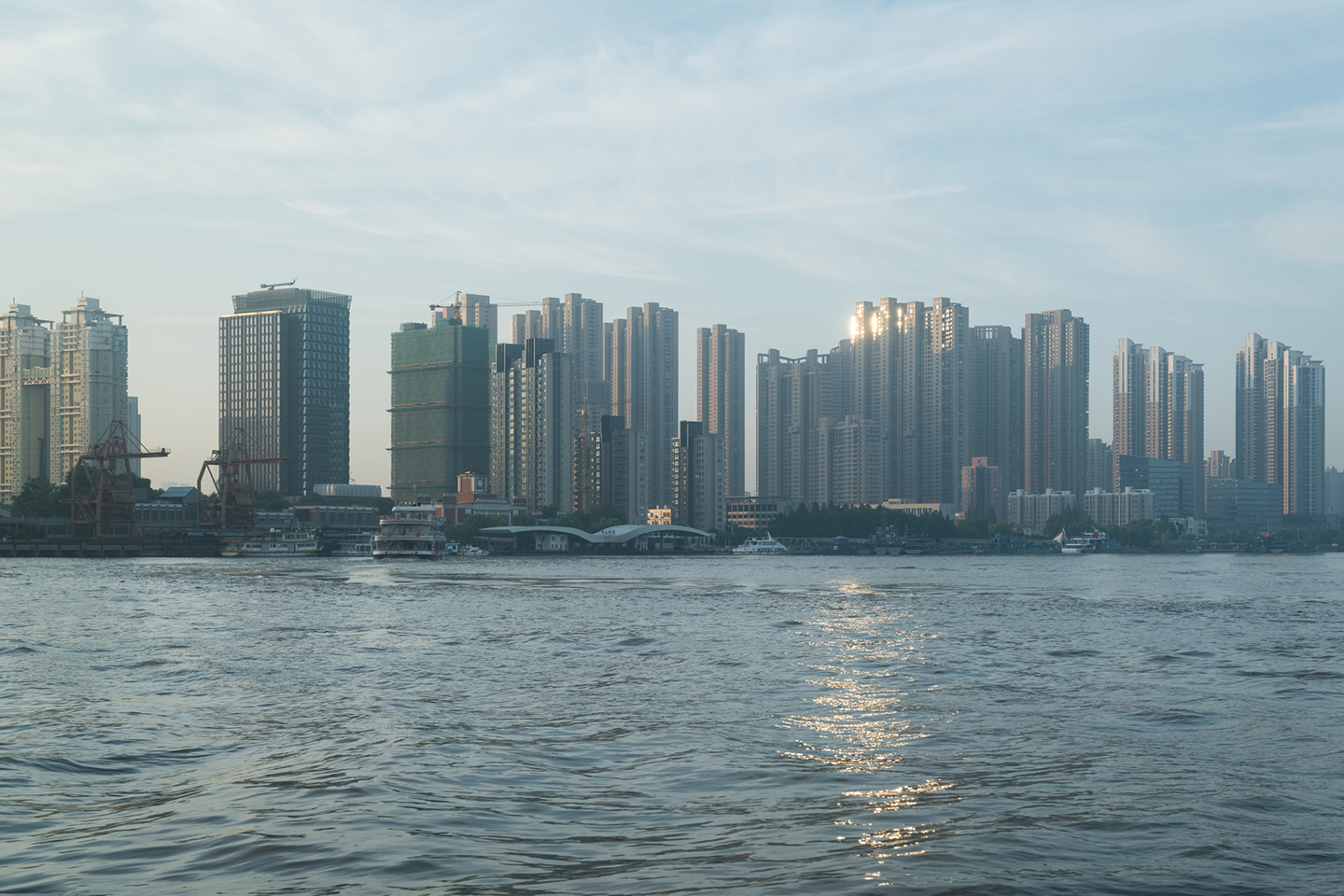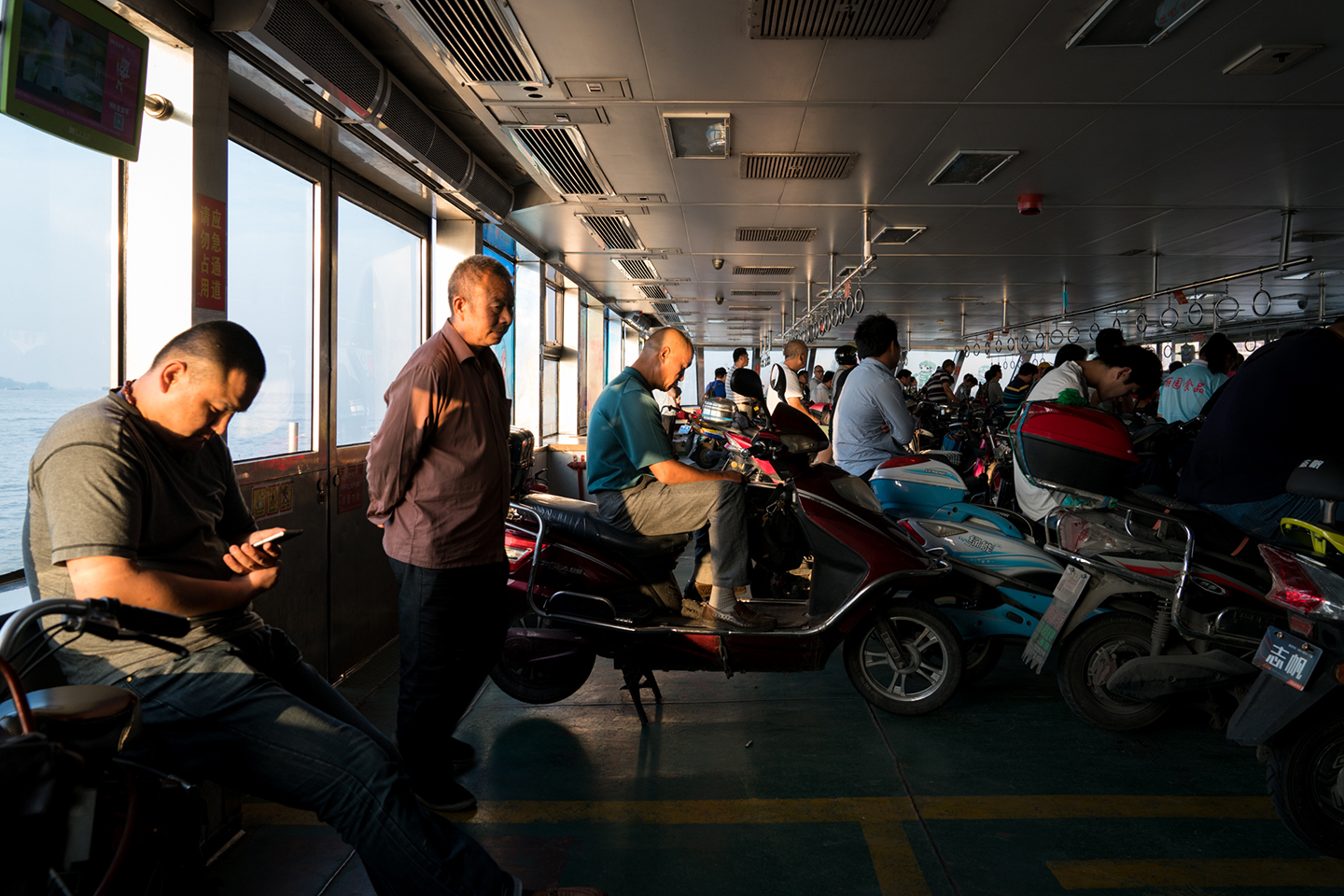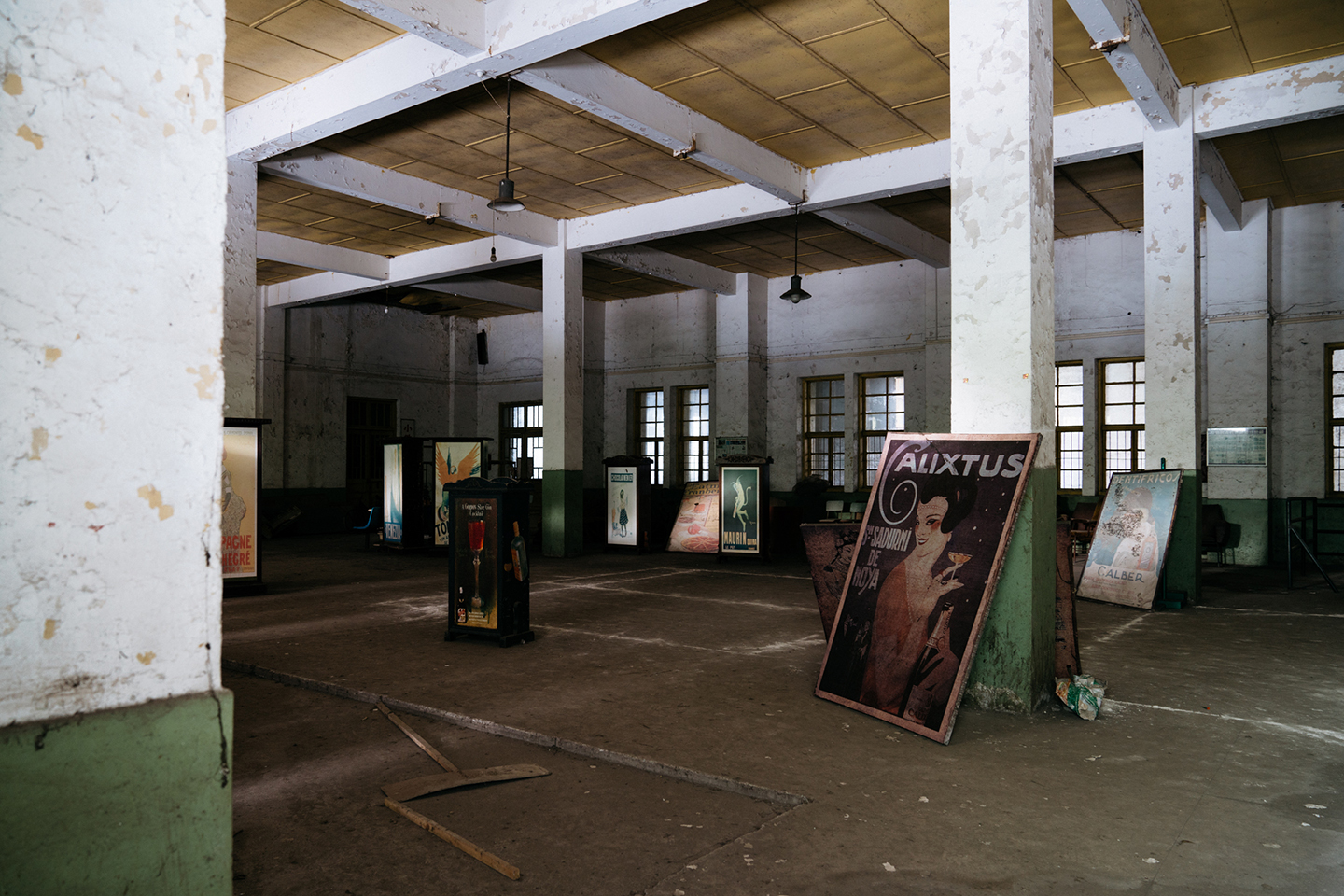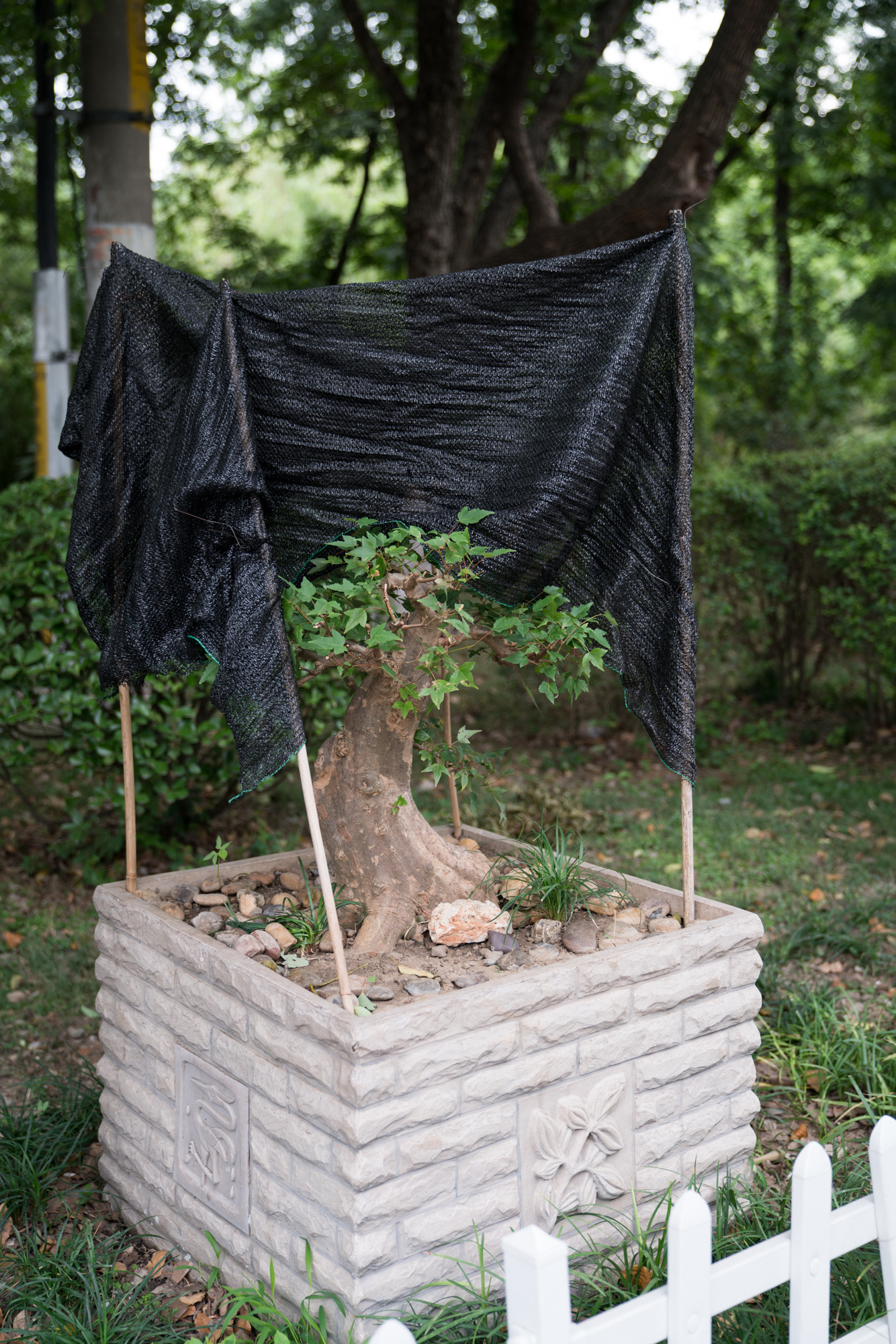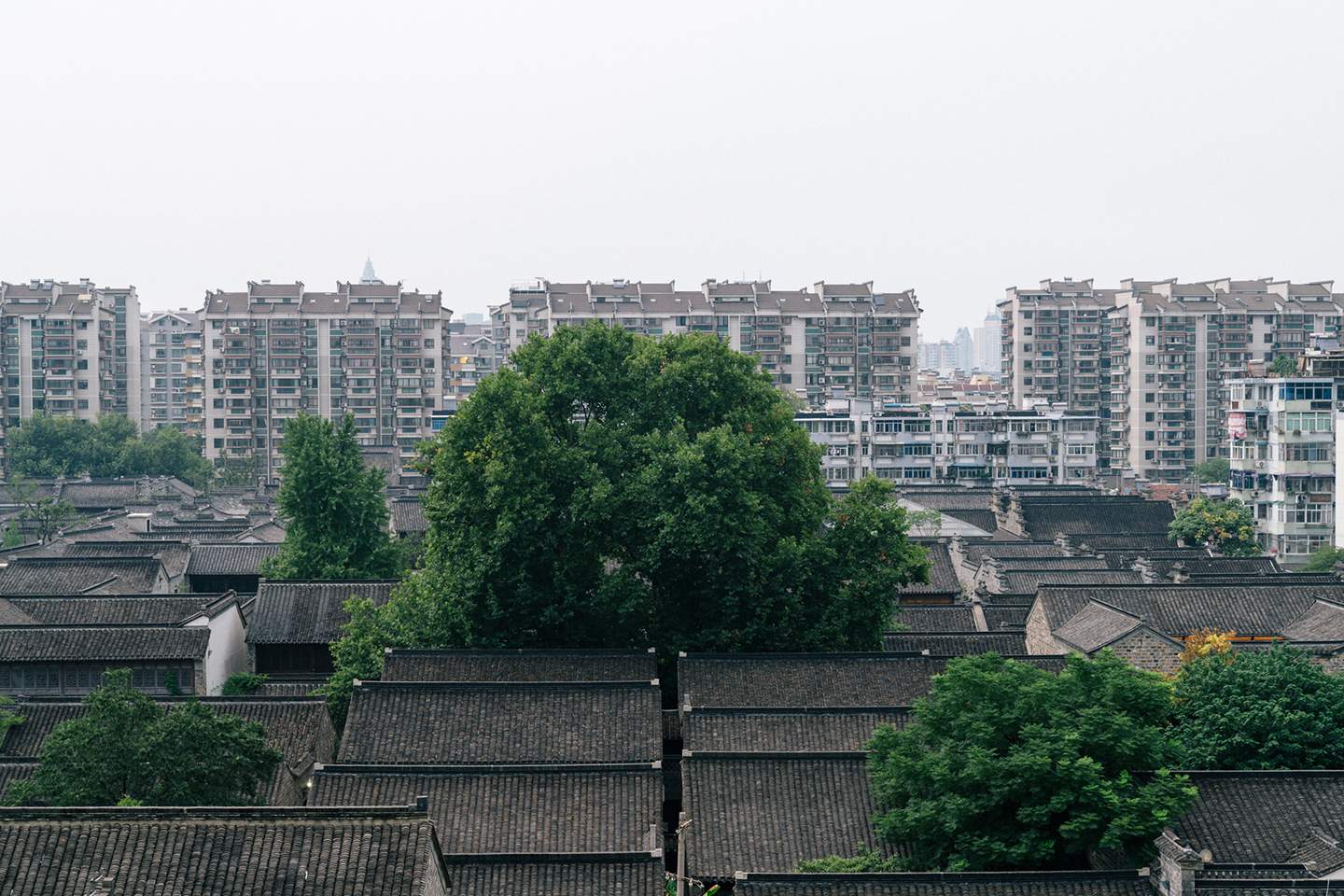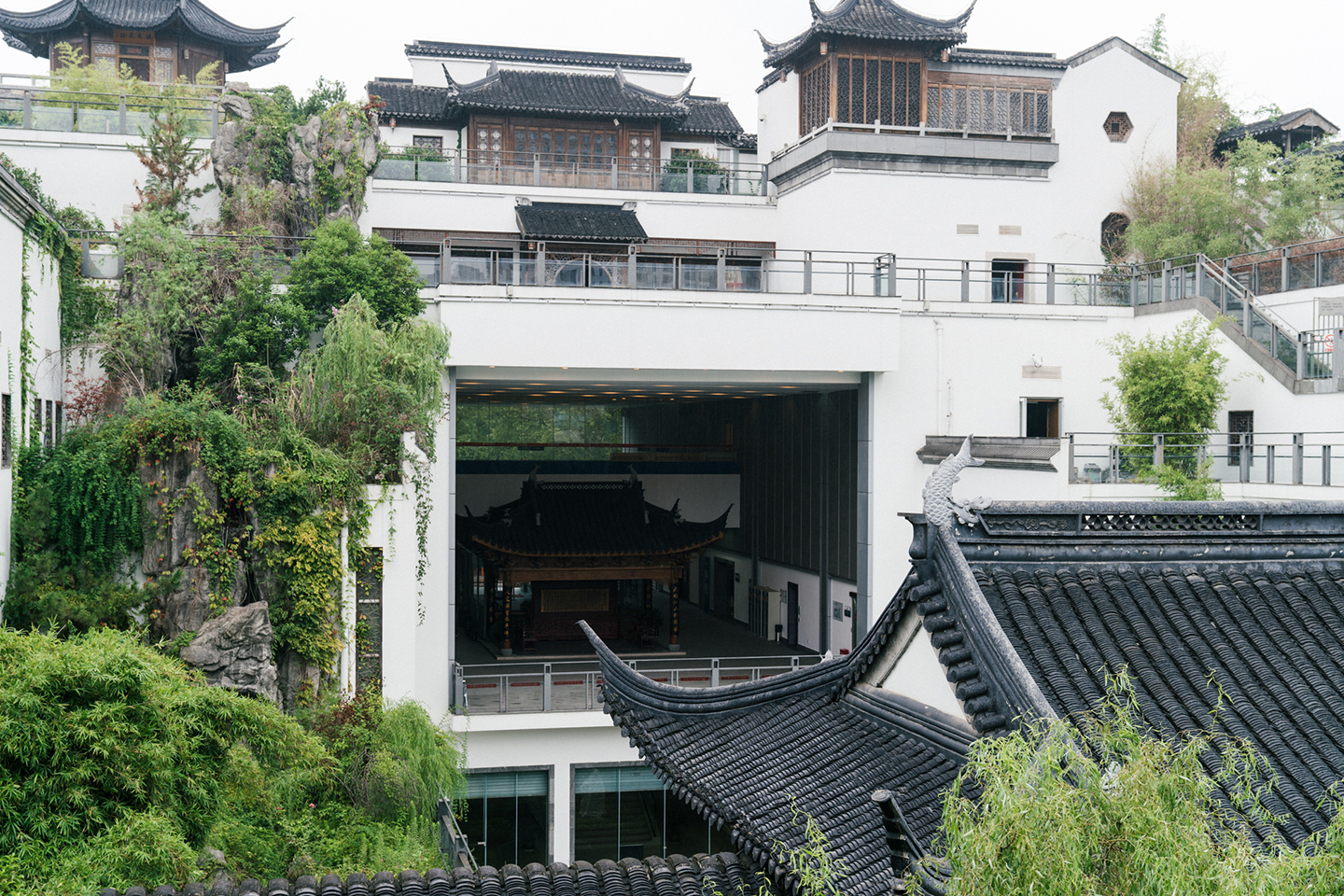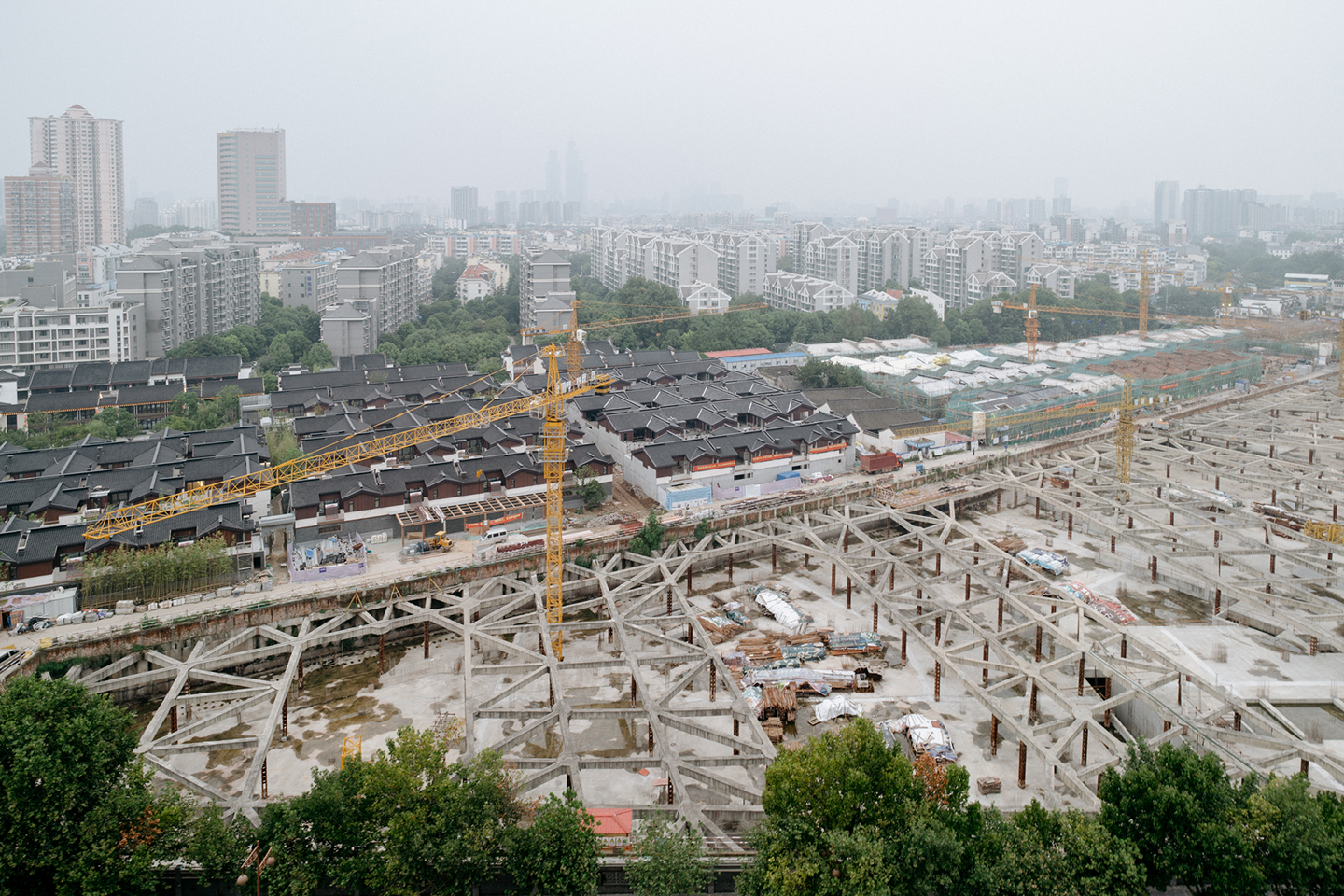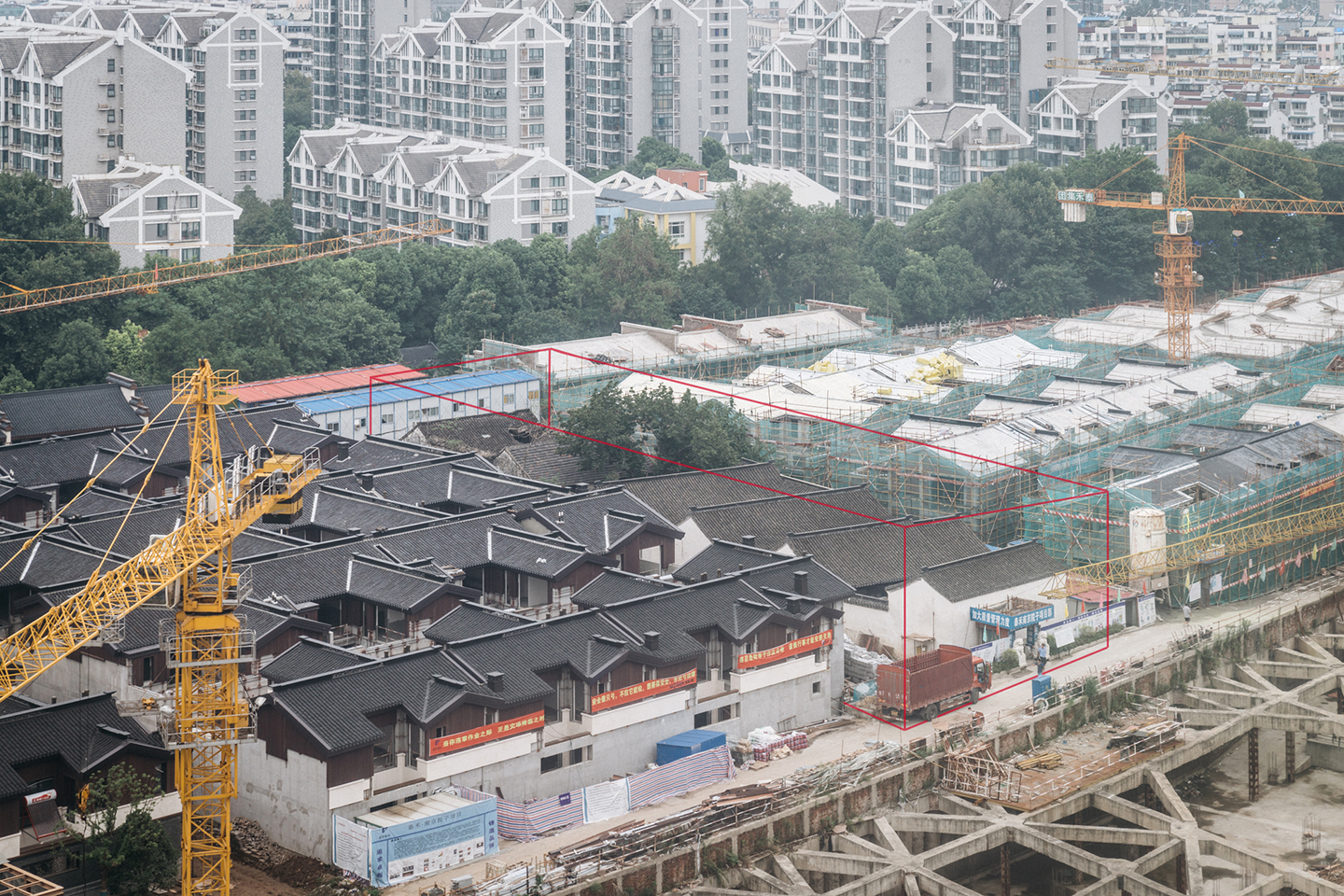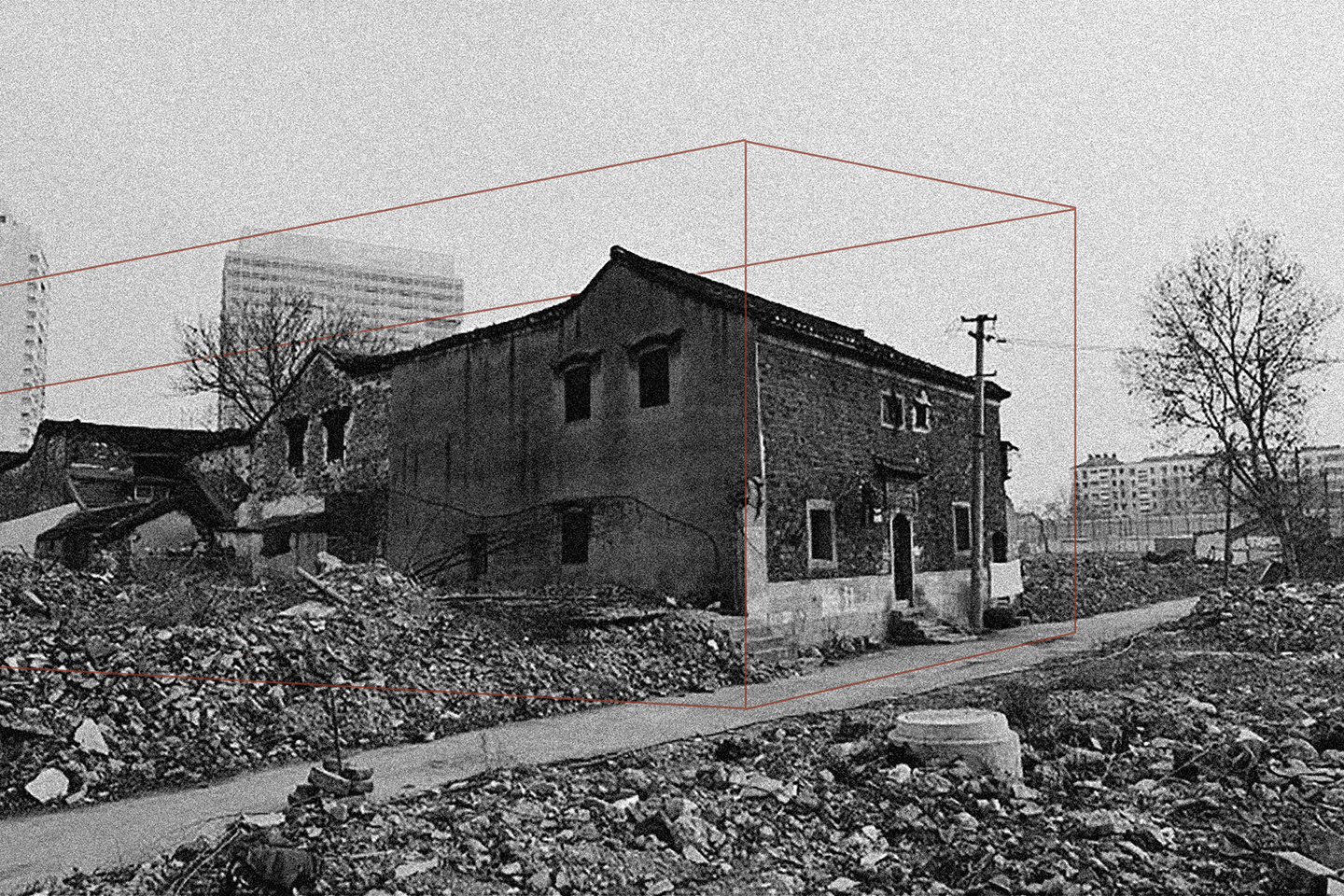‘The Port And The Image’ – A Nanjing Just Like Nanjing
Ancient Nanjing was an inland hub for goods from western and central China on the Maritime Silk Road, and was also a connecting point between cities on the eastern seaboard. In 2012, Nanjing became part of the Maritime Silk Road UNESCO world heritage application. As the only city in the application that is located in China’s interior, Nanjing is home to a large number of cultural relics and artifacts associated with the Maritime Silk Road. These include ancient shipyards and docks, personal remains of ancient navigators, religious monuments, sites where foreign envoys arrived in China, tombs of foreign heads of state, ancient records, and historic, imported foreign goods. In his work “A Nanjing Just Like Nanjing”, photographer Li Chaoyu compares the past and present of Nanjing, its history, and its role as an ancient inland port. His work discusses the real problems that exist in China’s current strategy towards historical tourism.
Li’s series “A Nanjing Just Like Nanjing” is inspired by the rising shift between the depictions of the Qinhuai River in ancient Chinese poetry and the Yangtze River and the contemporary world. When Li examined the modern-day inland port city on the Nanjing waterway, he found the once-picturesque scenes recorded in ancient poetry, such as the cabarets on the bank of the Qinhuai River or the Porcelain Tower of Nanjing, remodeled beyond recognition. What Li saw compelled him to examine the complex factors behind the “failures” that occur during historical transitions, and it made him question the nation’s initiative to restore and reconstruct historic structures in the name of conservation.
In reality, the restoration projects taking place in Nanjing have become to some extent mere imitations of the original creative processes, interfering with it even. The past and the present are repeatedly lumped together, and it has become increasingly hard to tell the original from the restoration. What this means is that the process we call “conservation” or “restoration” is actually erasing a period that will soon become history itself; from history’s own point of view, this kind of protection has already become ineffective, and what is really being preserved is not history but pseudo-history. On the other hand, what’s even more interesting, is that as soon as this indistinguishable mixture of real history, pseudo-history and soon-to-be history is visually recorded with the camera, it will actually become a real part of human history. As a result, we have here a never-ending cycle of actions similar to the making of carbon copies out of carbon copies.
Overall, the problem lies in our desire to construct a new kind of oneness out of the city’s ancient history, and I think this is one of the main issues Li Chaoyu tries to investigate in his work about the city of Nanjing (which in itself shows the same kind of duality of the old and the new).
-
2019/06/21

-
Nanjing

-
Wang Huan and He Yining


the other map
Explore arrow
arrow
loading map - please wait...

